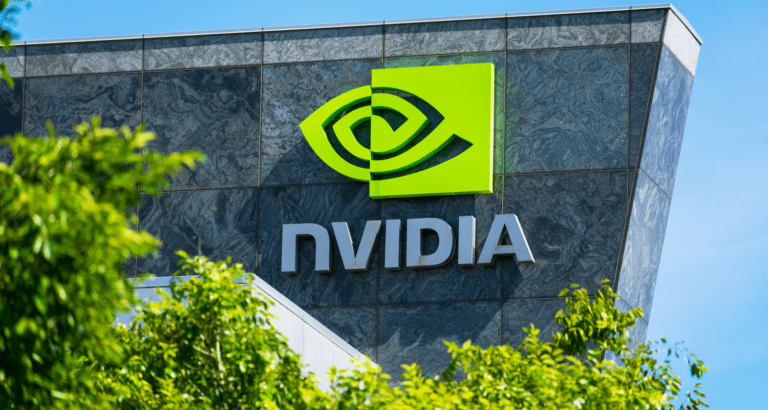Nvidia has released an open-source initiative to keep chatbots from hallucinating. This refers to the factual inaccuracies that an application such as ChatGPT may confidently present, for example. NeMo Guardrails should reduce the problem.
In a blog post, the GPU giant provides more details. In the post, Nvidia talks about “helping” large language models drive advanced chatbots. Organizations in all kinds of industries are now using these so-called “LLM conversational systems”. Nvidia has built a number of features into NeMo Guardrails to help companies fix some of the chatbot’s lapses.
Three types
NeMo Guardrails includes three types of guardrails: topical, safety and security. Firstly, the open-source software can prevent applications from raising undesirable topics. The example given by Nvidia is that a chatbot will talk about the weather when it should be assisting in customer service. However, there are much more heinous examples of such undesirable behavior. For example, Microsoft Bing Chat was initially rude to its users at times.
The second feature, safety, will be of greater concern to many organizations. For example, adoption in the medical field or in the financial sector are a more realistic prospect if the information can be assumed to be accurate. Nvidia says its software can detect factual errors and ensures that the LLM deploys only reliable sources. Security should then prevent an LLM from making contact with dangerous third-party applications. It does this by whitelisting known-to-be-safe applications.
Options
Nvidia offers NeMo Guardrails as an open source solution, but also has its own AI Enterprise software in which the application can be deployed. In addition, it is available as part of Nvidia AI Foundations, a cloud service for developing and running its own AI models.
Nvidia says it made the “guardrails” open-source to contribute to the security of AI. There is currently a fierce debate about this, which prominent tech figures have been vocal about. Elon Musk, among others, argues that there should be a six-month pause on the development of complex large language models.
Tip: Generative AI: How can GPT-4 shape the corporate world?
